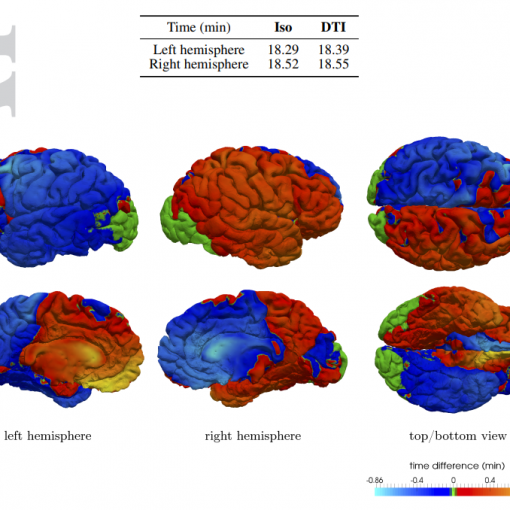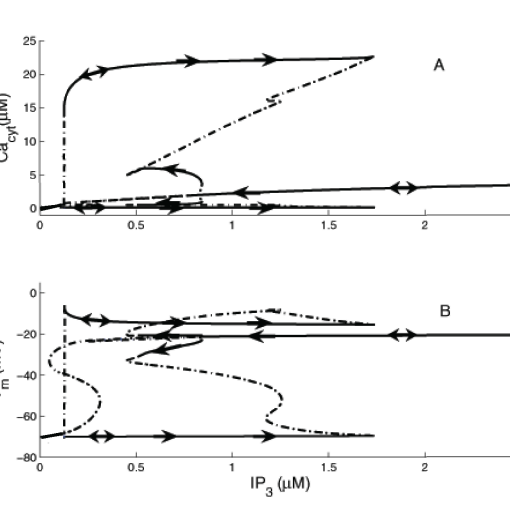A Erramuzpe, JM Encinas, A Sierra, M Maletic-Savatic, AL Brewster, AE Anderson, S Stramaglia and JM M Cortes. Variations in whole-brain functional connectivity across seizure chronification in a mouse model of mesial temporal lobe epilepsy. Society for Neuroscience Annual Meeting 2014.
How does the brain become epileptic? Although this is a major question for modern Neurology, we do not have yet a proper answer. Despite of intense research in the field, epilepsy continues having today a high prevalence, still the only available treatments are merely palliative, and a large number of patients are pharmaco-resistant and require surgical removal of the epileptogenic area. To go further to the answer of this question, we propose here to address what are the changes in the pattern of functional connectivity (FC) occurring during the transformation from a healthy brain into an epileptic brain. To answer this question, we have analyzed longitudinal variations of FC patterns in the hippocampus in a mouse model of medial temporal lobe epilepsy (MTLE), induced by intra- hippocampal injection of kainic acid (KA), which resembles main features of human MTLE. Mice were implanted with bilateral intrahippocampal and intracortical electrodes immediately after the injection of KA, and discontinuous 4h video EEG recordings were obtained up to 42 days post injection. Data was converted to ASCII and postprocessed to calculate two different measures of FC: Network Synchronization Index (NSI), which is based on correlations, and the Interaction Information (II), a generalization of the mutual information to triplets to address the amount information (redundancy or synergy) bound up in the set of three variables. The two measures, NSI and II, were computed across the time-evolution of the disease and across different frequency bands. We found important differences in preictal and postictal states in comparison to the baseline pattern of inter-ictal activity, regarding the strength of synchronism and the amount of redundancy and synergetic interactions. In particular, we noticed that whilst the time-evolution of the FC pattern for low-frequency bands evolved with the severity of the disease, this did not happen for the time-evolution of synergy and redundancy, suggesting that the information character of the epileptogenic network was affected in a non-linear manner with the disease severity.





